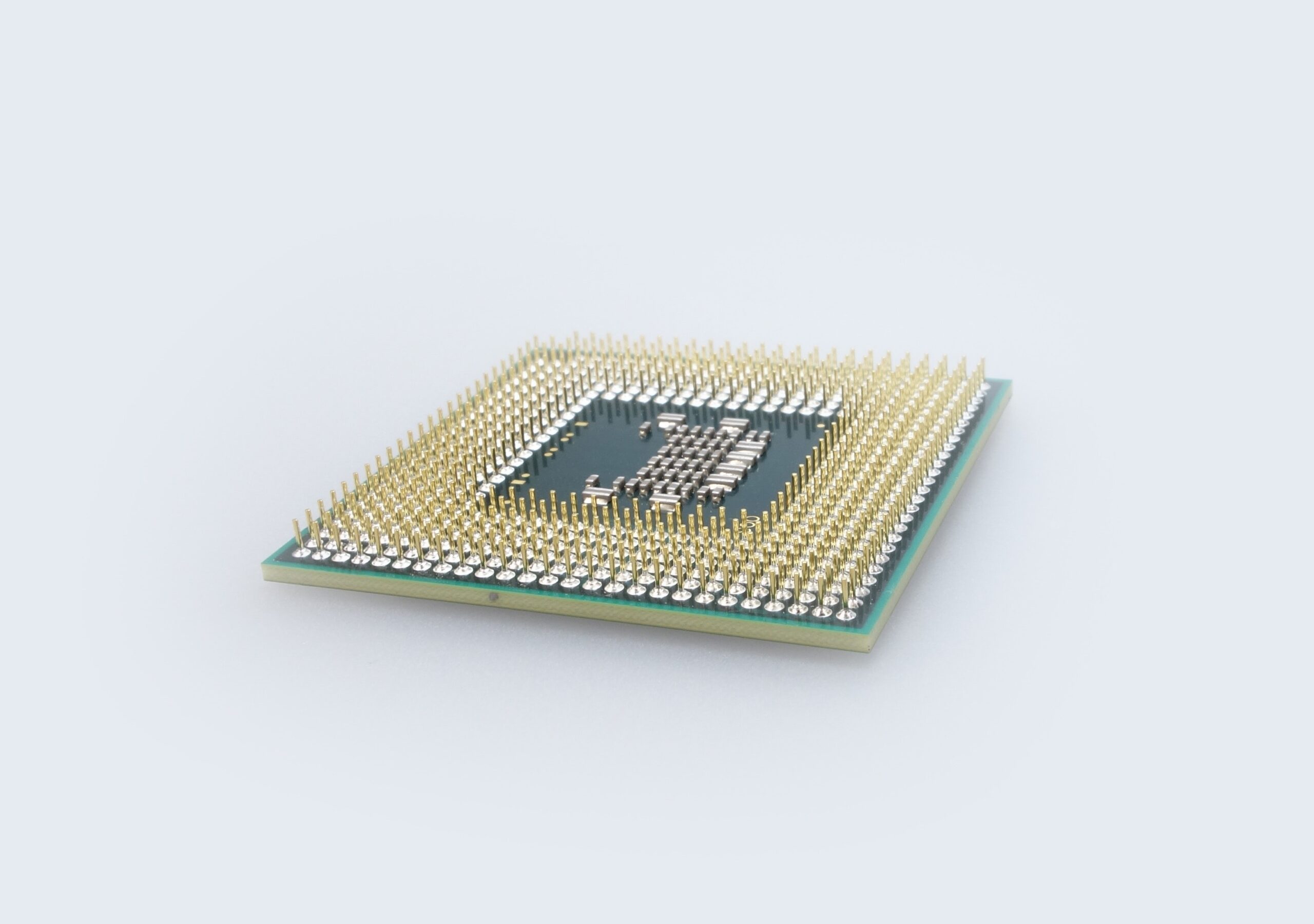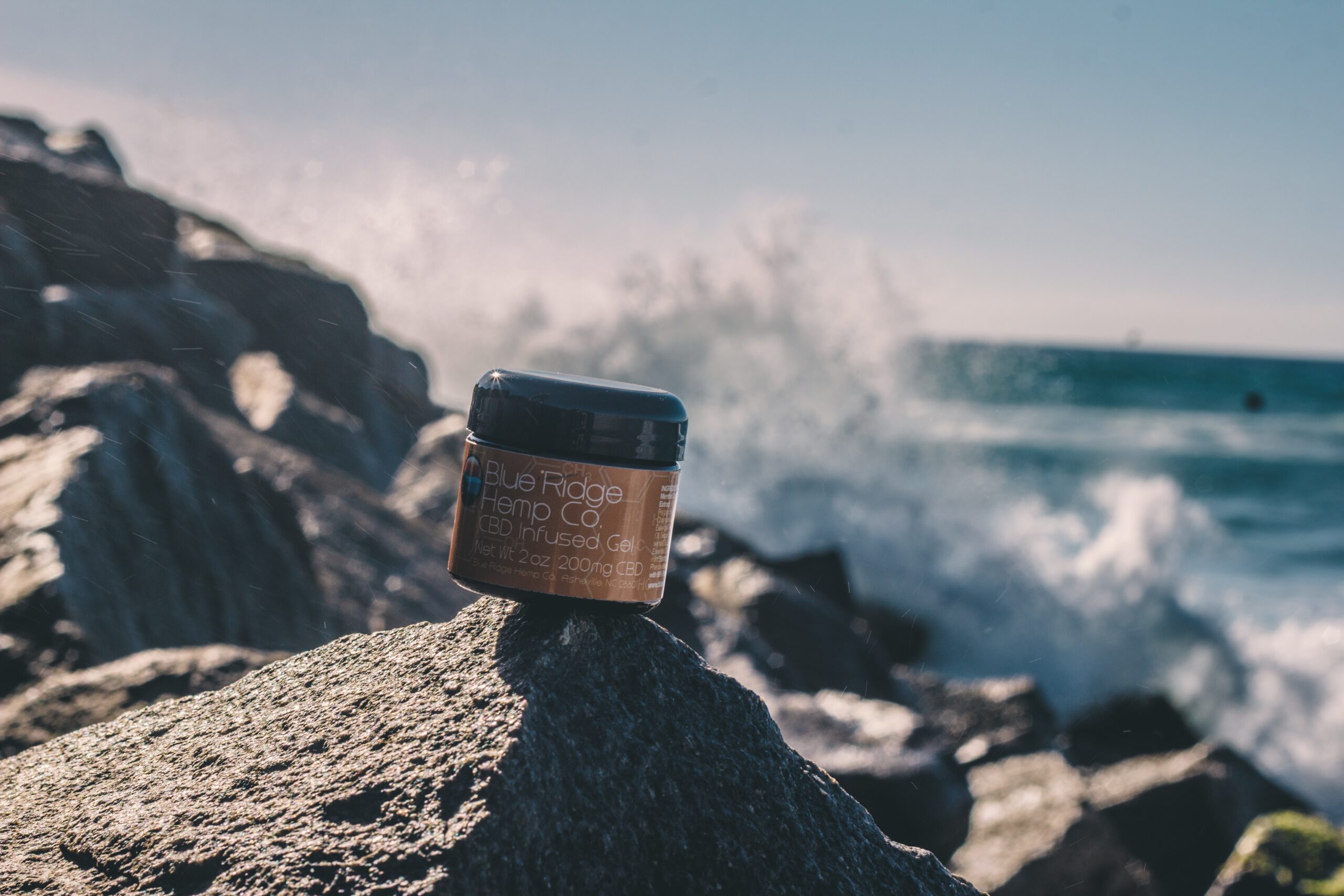Keep Your Furry Friend Safe: Tips to Prevent Common Pet Injuries and Accidents
As a pet owner, it’s your responsibility to ensure that your furry friend is happy and healthy. One of the essential things you can do for your pet is to prevent common injuries and accidents. Here are some tips to help you keep your pet safe and sound.
Keep hazardous items out of reach:
Pets are naturally curious and love to explore their surroundings. However, this can lead to them getting into dangerous items such as cleaning products, medications, and household chemicals. Make sure to keep these items out of reach of your pet by storing them in a secure place or using childproof locks.
Supervise your pet:
Leaving your pet unsupervised can lead to accidents and injuries. When you’re not at home, keep your pet in a safe area such as a crate or a room with no hazards. When you’re home, keep an eye on your pet and intervene if you notice any dangerous behavior.
Use a leash and collar:
When you take your pet outside, always use a leash and collar to prevent them from running into traffic or getting lost. Make sure the collar fits properly and has identification tags with your contact information.
Secure your yard:
If you have a backyard, make sure it’s properly secured with a fence or other barrier. This will prevent your pet from wandering off and getting lost or injured.
Keep your pet’s environment clean:
Dirty environments can lead to health problems such as infections and parasites. Make sure to clean your pet’s bedding, litter box, and living area regularly to prevent these issues.
Provide proper nutrition:
A balanced and nutritious diet is essential for your pet’s health and wellbeing. Make sure to provide them with high-quality food and fresh water daily.
Keep up with vaccinations and check-ups:
Regular visits to the veterinarian are crucial to your pet’s health. Make sure to keep up with vaccinations and check-ups to prevent illnesses and catch any health problems early on.
By following these tips, you can help prevent common pet injuries and accidents. Remember, the safety and wellbeing of your furry friend are in your hands.










